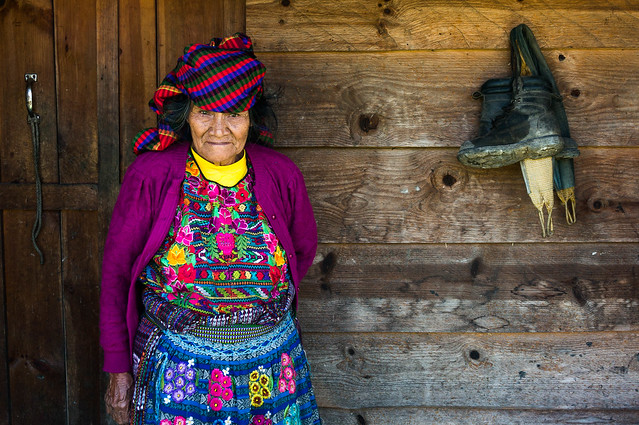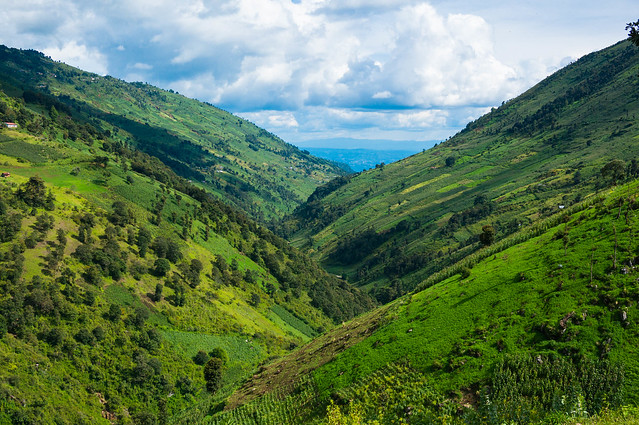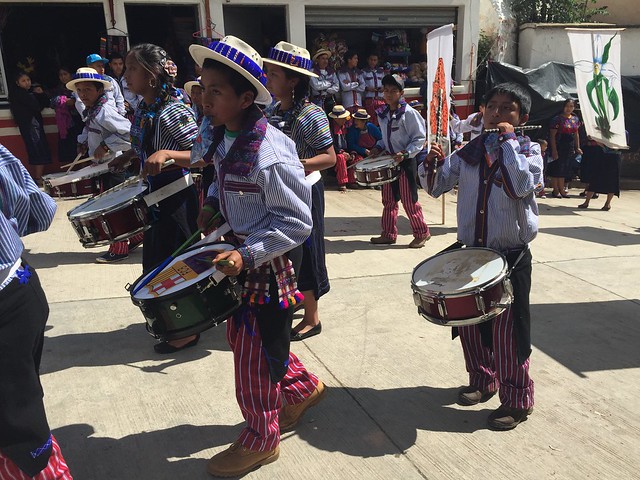There’s something magical about Guatemala – maybe it’s the striking volcanos, the super-friendly people, or the colorful Mayan textiles you can find basically everywhere around the country. After going once to work with a Mayan community in Lake Atitlan, I swore to myself I’d come back to soak in the cool morning air and immerse myself in one of the most fascinating cultures I’d ever experienced once again. Two visits later and I’m still craving the choco-bananas and morning buzz of Guatemala’s towns.
In my few visits, I’ve had the exciting opportunity to get to know different Mayan communities in a couple of different ways. Spanning four different languages – Quiche, Kaqchikel, Ixil, and Mam – I’ve learned that these different populations have their own beliefs and traditions, despite all being captured under the umbrella term of “Mayan.” Here I’ll attempt to share with you some of the ways I got to explore Mayan culture throughout the country of Guatemala, and how you, too, can learn about these unique groups of people.
Working with Mayan Communities in San Lucas Toliman

For two summers in a row, I was part of a college group that helped out with community projects in San Lucas Toliman, Guatemala. Though “voluntourism” is a contentious topic, our school group primarily went for the educational component of learning about the conflicts in Guatemala in the 1980s. We spent months preparing beforehand, each week learning about a different piece of Guatemalan history and culture, and getting ourselves ready to spend two weeks amongst community members in Lake Atitlan. Each summer, we traveled to San Lucas Toliman, lived like the locals do, and helped out with community projects such as building a women’s center or constructing a collective latrine. A truly humbling experience, there are things I would have done differently, but I don’t at all regret immersing myself in the community and learning throughout the process.
There are many ways to give back to the communities here that were once ravaged by civil war. If you have a specific area of expertise, such as medical training or microfinance experience, you can give back by using your skills to help people in need. There are many medical groups that make trips to Guatemala, as medical care is scarce and expensive for citizens there.
If you don’t have these areas of expertise but still want to volunteer, I recommend choosing an organization that has a specific goal or purpose, such as empowering women to help support their families financially. Helping towards a specific goal that you’re especially passionate about can really make a difference, and helps you contribute in a constructive way.
Trekking in the Ixil Triangle

In my experience, trekking is one of the best ways to learn about local, rural life in a short amount of time. Trekking in the Cuchumatanes mountains of Guatemala, in an area known as the Ixil Triangle, was no exception. I trekked with a local guide from Nebaj who spoke the language, Quiche, and also knew the tricky trails through the peaks and valleys of the mountains. For hours we hiked through empty forests, rocky passes, and vast farm lands, while also meeting some seriously fascinating people with whom I shared no common language. Smiles and laughter go a long way!
Trekking is not for the faint of heart, though. Instead of staying in hotels or guest houses, the trek’s overnight stays were in homestays with Ixil families, a fantastic way to experience exactly what life is like in these small, mountaintop agricultural communities.
One of the homestays I stayed in had no electricity, while the other had no restroom. Neither had running water. It was definitely challenging to swallow my pride and deal with it, but doing so taught me about how much of the world truly lives, and how privileged I was to be able to return to air conditioning and a hot shower a few days later. In this experience, I not only gained first hand knowledge of how the Ixil live and work, but I also learned a ton about rural life and what it’s like to live in a town of only a few dozen people.
For trekking, local guides are the best way to go. In Nebaj, you can organize a day-long or multi-day trip through Media Luna Medio Sol Hostel, with various difficulties and lengths available. QuetzalTrekkers is another organization based in Quetzaltenango that offers multi-day treks throughout the area.
Celebrating Independence Day in Todos Santos

One of my very favorite memories of Guatemala is spending Guatemalan Independence Day, September 15, in Todos Santos, a community of Mayan descendants that speak a language called Mam. When I stepped out of the mini bus I took to Todos Santos through some twisted mountain roads, I was surprised to find that all of the men in the town were wearing the exact same outfit – floral collared, pinstripe shirts, red pants, and thatched hats with black bands around them.
“Do they dress like this every day?” I asked the hotel attendant on duty.”
She laughed, replying that yes, every day they dress like this, that it’s a proud tradition in Todos Santos that defines their community.
I was amazed. The outfits were absolutely stunning, between the woven, colorful floral textiles of the women’s outfits to the stark contrast of the men. Gearing up for Independence Day, it was truly spectacle.
The actual Independence Day parade was absolutely incredible. Children from all of the schools in the area dressed in magnificent costumes and performed choreographed routines to the sounds of snare drums and slightly out of tune trumpets. The energy was contagious. It was apparent to me through this fanfare that the people of Todos Santos are not only proud of their own Mayan heritage, but they were also extremely proud of their country, holding the blue flags like a badge of honor as they paraded through the streets.
Independence Day anywhere in Guatemala is surely a phenomenal event, but there was something special about celebrating it within such a tight-knit and culturally intact community in Todos Santos. If you’re ever visiting Guatemala, even outside of the Independence Day festivities, Todos Santos is a unique place to learn about yet another fascinating Mayan community.
Exploring Mayan culture in Guatemala isn’t as difficult as it may seem, and it can be done in a variety of different ways and places. The most important things to remember are to do your research and be hyper-aware of your surroundings. Taking the time to learn about these communities is highly rewarding, and you’ll hopefully come out of your immersive experience feeling like you learned something unique and memorable.
